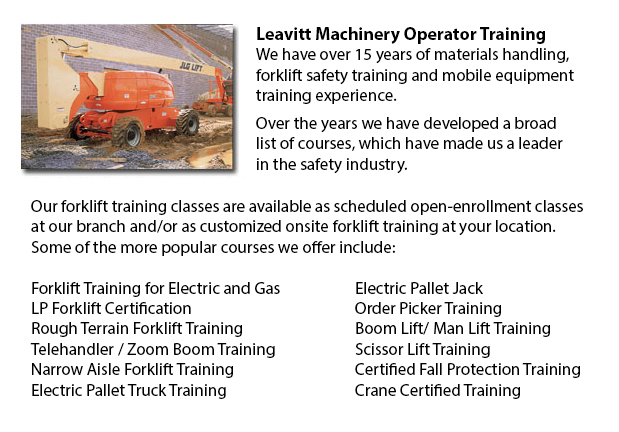
Aerial Lift Certification Kelowna - Aerial Lift Certification is for personnel who require a thorough knowledge of aerial lift safety. Supervisors, maintenance workers and construction craftsmen need this training to ensure that inspectors and operators are qualified. Federal, provincial and state rules require businesses to be certified in order to carry out in-house aerial lift checks.
Most workers who are needed to perform tasks at elevated level will normally use the same means to get to these required heights, regardless of the type of work that needs to be done. Aerial lifts and scissor lifts are the mechanized machines utilized to lift equipment and workers to elevated sites.
Cherry pickers or bucket trucks are boom-supported aerial platforms. The main dangers related to boom-operated platforms are tip-overs, falls and electrocutions. Certification ensures that workers who make use of aerial lifts are trained properly to be able to safely work the equipment. Training also makes sure that workers know how to maintain aerial work platforms in accordance with the directions of the manufacturer.
Aerial lift training certification programs would cover the following: Aerial lifts that are mounted to vehicles, Boom-supported aerial lifts and scissors lifts. Trainees would know about safe operating procedures and will gain an understanding about the hazards that normally result in aerial lift accidents. They would become technically competent in the different kinds of aerial lifts, in addition to terms and components. From choosing the right aerial lift for the job to interpreting rated capacity charts, the certification program would provide workers with everything they should know in order to perform their work safely.
Individuals who are assigned the task of checking aerial lift devices need to know how to check booms, gears, structural parts, operating mechanisms, control systems and functions, power plants, braking systems, shafts and pins, attachments, pneumatic and electric components, hydraulic, operator aids and emergency safety devices, et cetera. Training will consist of the following: the inspector's role in lessening accidents and liability exposure; monthly and annual inspection; how to perform a pre-use; how to apply and interpret regulations about aerial lift safety standards; how to write inspection reports; inspection procedures, checklists and techniques; understanding and applying the three levels of aerial lift inspection; complying with record keeping requirements; and when to remove defective aerial lifts from service.
-
Counterbalance Forklift License Kelowna
Counterbalance Forklift License Kelowna - Forklifts, when operated by completely trained workers, are a major advantage to companies. We offer a thorough training program consisting of all parts of operating a powered lift device. Counterbalance fork... More -
Forklift Certification Schools Kelowna
Forklift Certification Schools Kelowna - Within North America, forklift certification is mandatory, making forklift training programs important for both the company and their employees working as forklift operators. Forklift training focuses on healt... More -
Manlift Operator Certification Kelowna
Manlift Operator Certification Kelowna - We provide a scissor platform and aerial lift training and certification to empower the trainee with the general understanding and knowledge of the safe and efficient utilization of "Power Operated Mobile Work... More -
Crane Training Schools Kelowna
Crane Training Schools Kelowna - We have designed several programs for Mobile Crane Operation at our Crane Training Schools. These programs are recommended for the experienced operator who requires re-certification or certification, and for inexperie... More -
Heavy Equipment Operator Classes Kelowna
Heavy Equipment Operator Classes Kelowna - A heavy equipment operator is a person who has received the proper training to operate a particular type or piece of machine. There are a lot of ways for the operator to undergo training and certification in... More -
Telehandler, Rotational Telehandler, Zoom Boom Training in Kelowna
Telehandlers or also known as Telescopic handlers are really popular piece of heavy construction equipment normally utilized in agriculture and construction trades. These equipments have extreme reaching capability and could get to places where a tra... More -
Zoom Boom Training Kelowna
Zoom Boom Training Kelowna - Zoom Boom Training is intended to train operators on variable reach forklifts. The goals of the training are to impart an understanding of the physics of the equipment, and to outline the operator's tasks. This course fol... More -
Boom Lift Safety Training Kelowna
Boom Lift Safey Training Kelowna - Boom lifts fall under the type of elevated work platform or aerial lifting device. Most normally utilized in construction, industry, and warehousing; the boom lift is so versatile that it can be utilized in almost w... More

Forklift Training Kelowna
TOLL FREE: 1-888-254-6157
Kelowna, British Columbia
forklifttraininginkelowna.com
Email Us
About Us


